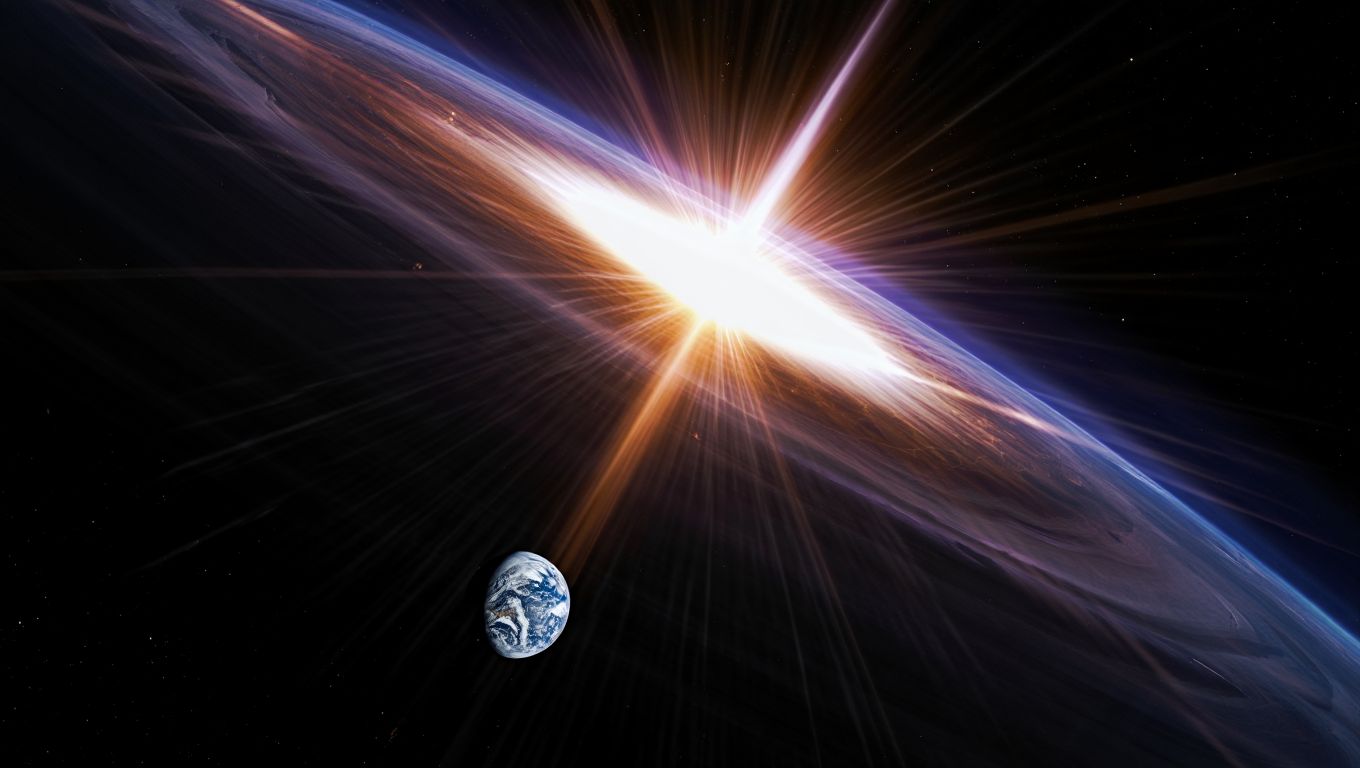Follow us on Google News (click on ☆)
A recent study, co-authored by NASA researchers and published on the arXiv preprint server, explores scenarios to avoid a lunar impact in December 2032. Although the probability remains low, the consequences of a collision justify in-depth consideration. The debris generated by such an event could indeed saturate the space near Earth.

The limits of deflection
A deflection mission, similar to NASA's DART experiment, requires precise knowledge of the object's mass. However, current estimates for 2024 YR4 have a considerable margin of error. Its internal composition, whether dense or porous, remains a determining unknown factor for calculating the energy needed to change its trajectory.
A miscalculation could have the opposite effect of what is intended. Pushing the asteroid imprecisely could, in the worst case, direct it towards a more dangerous trajectory. The complexity of this maneuver normally requires a preliminary reconnaissance mission to refine the data.
The tight schedule makes such a reconnaissance mission almost impossible. The ideal launch window is in 2028, leaving only three years to intercept the asteroid before its final approach. A timeframe too short to develop and launch a specific spacecraft with the required guarantees of success.
The feasibility of destruction
Faced with the uncertainties of deflection, the total destruction of the asteroid is emerging as a pragmatic alternative. This strategy aims to fragment the celestial body into small pieces that would burn up in the Earth's or Moon's atmosphere. Two main methods are under study to achieve this.
The so-called "kinetic" option would involve a hypervelocity impactor, much more powerful than the one used in the DART mission. Its objective would not be to deflect, but to pulverize the space rock. The launch windows for this type of mission are wider, spanning from April 2030 to April 2032.
The second option considers the use of a nuclear device. The shockwave caused by an explosion would be sufficient to disintegrate it. According to the study, a one-megaton charge would be enough to neutralize 2024 YR4 regardless of its actual mass.
This approach, although theoretically sound, has never been tested in a planetary defense context. It also raises political and legal questions concerning the use of nuclear weapons in space. The final decision will depend on a thorough benefit-risk analysis.
What would be the risks of a nuclear destruction?
Using a nuclear device against an asteroid is not without risks. A first challenge concerns the reliability of the guidance system, which must function autonomously millions of kilometers from Earth. A failure could lead to mission failure.
The fragmentation of the asteroid could generate a cloud of debris of various sizes. Some large fragments could persist and create new threats. The trajectory of these fragments would be difficult to predict with absolute certainty over the long term.
On the political front, such an action could be perceived as a militarization of space, despite its protective objective. It would raise questions of international governance and compliance with existing treaties, such as the 1967 Outer Space Treaty which governs space activities.
Finally, a nuclear explosion in space would have potential electromagnetic consequences. The explosion could damage operational satellites over a wide area, disrupting communications and scientific data collection.